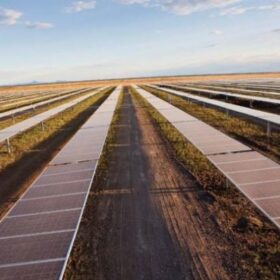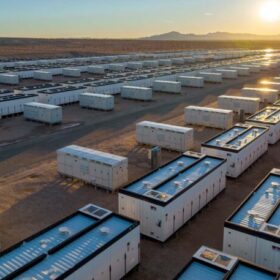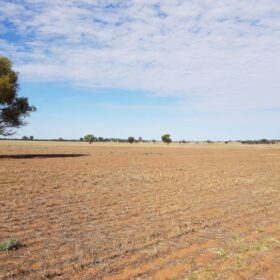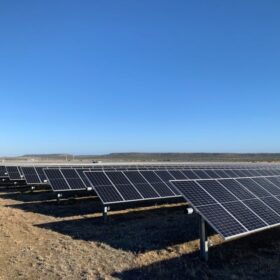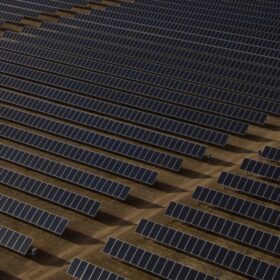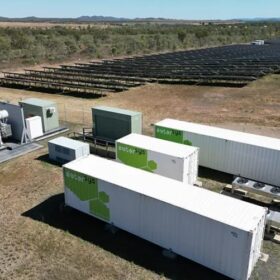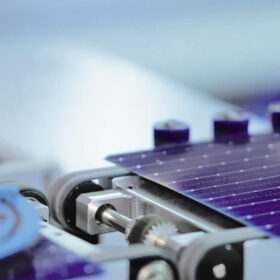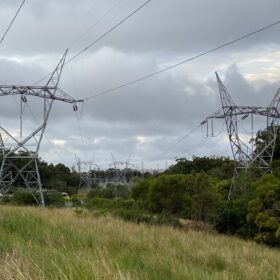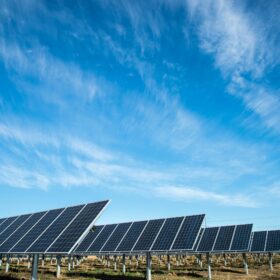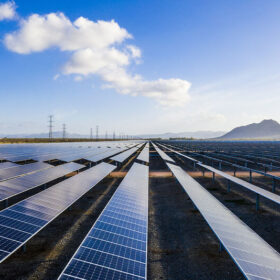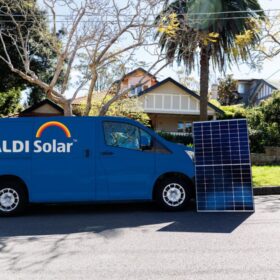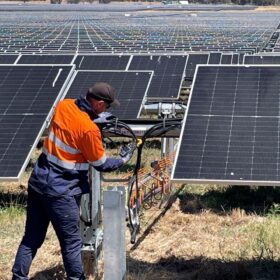National tender flooded with 40 GW of clean energy projects
Australia’s first national Capacity Investment Scheme auction has been inundated with expressions of interest, with the federal government revealing that investors have tabled 40 GW of new renewable energy generation projects such as wind and solar.
Big batteries solve solar issues in California, can they do the same for Australia?
When you graph electricity demand in power grids with lots of solar panels, it looks a bit like a duck, with high points in the morning and evening (when people are relying on the grid) and a big dip in the middle of the day (when many people use their own solar instead and need less from the grid).
Enel Green Power secures finance for NSW solar and storage project
The Quorn Park Hybrid Project, that will comprise an 80 MW solar farm and two-hour battery energy storage system, is expected to commence full operations in early 2026 with developer Enel Green Power Australia announcing the construction phase will begin within the next quarter.
Troubled solar-wind-storage park finally reaches full potential
After a near six-year delay, the 60 MW Kennedy Energy Park in north Queensland, hailed as Australia’s first fully integrated utility scale solar, wind, and battery project, has finally achieved full commercial operations.
IEA urges countries to accelerate renewables deployment
A new report from the International Energy Agency (IEA) suggests that the world could miss out on a target of 11,000 GW of global renewables capacity by the end of the decade, as agreed at COP28. It also predicts that solar will become the world’s largest source of installed renewable capacity, surpassing hydropower.
Australia’s first large-scale solar and storage plant up for sale
Australia’s first large-scale solar and big battery storage installation – the Lakeland project in far north Queensland – has been placed on the sales block with MPower announcing it will use the proceeds to further expand its portfolio of PV and battery storage projects.
JinkoSolar claims 33.24% efficiency for perovskite-silicon tandem solar cells
JinkoSolar says it has achieved a 33.24% efficiency rating for its perovskite-silicon tandem solar cells, confirmed by the Shanghai Institute of Microsystem and Information Technology under the Chinese Academy of Sciences.
‘Spilling’ excess power expected – and efficient
In Australia’s electricity system, more and more energy from sunlight and wind is being “spilled” – or not converted to electricity. In the past year, the amount of renewable energy spilled was roughly equivalent to the annual consumption of 750,000 typical households, or three months of consumption for the state of South Australia. Some have attributed these dynamics as being driven by a “solar power glut”.
National renewables tender design emphasises social licence factors
Social licence commitments have been prioritised over commercial operation dates in the guidelines for Australia’s first national renewable electricity generation tender that is seeking to deliver 6 GW of renewable capacity across the National Electricity Market.
Palisade secures new financing for Intera renewables push
Australian infrastructure asset manager Palisade Investment Partners has secured $258 million in new debt financing to back the further expansion of its gigawatt-scale renewable energy platform.
